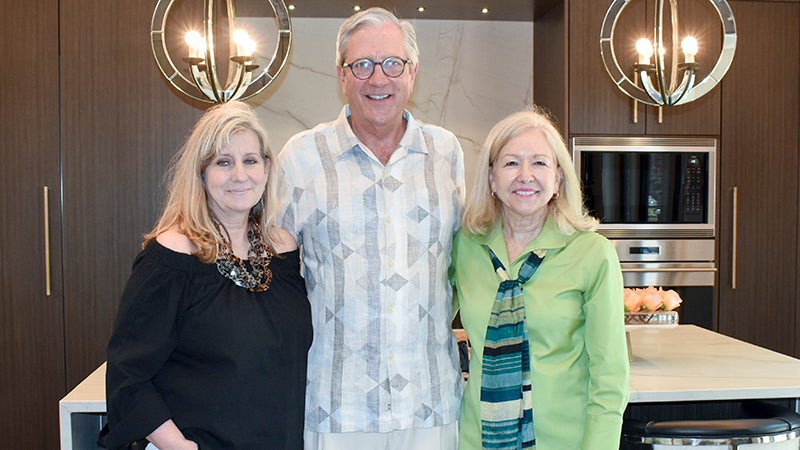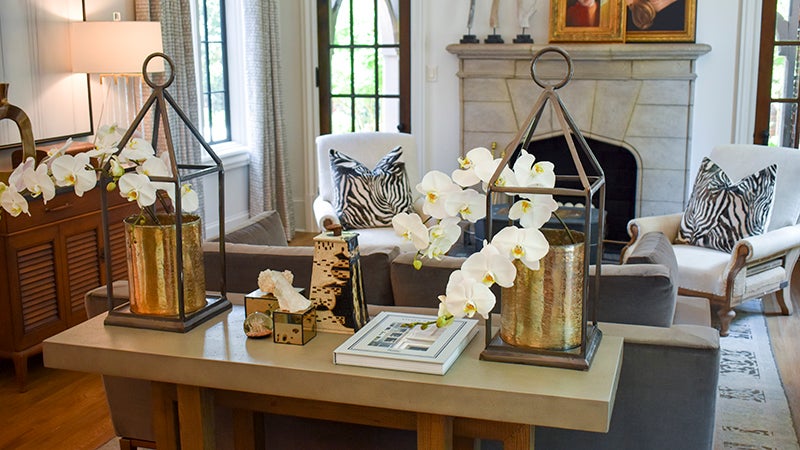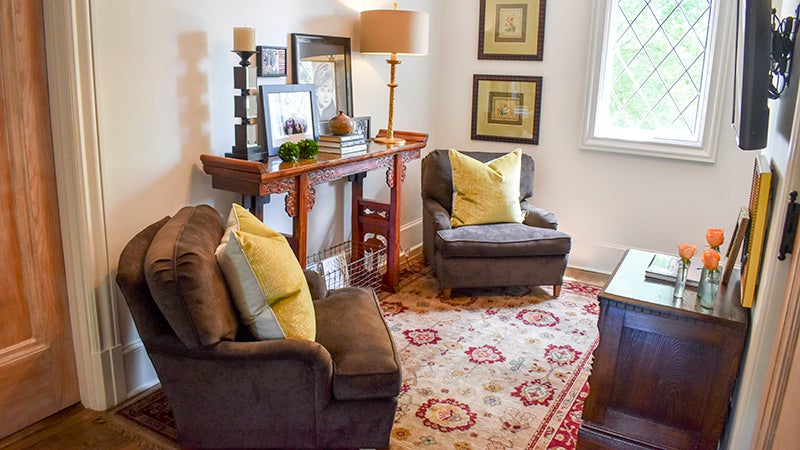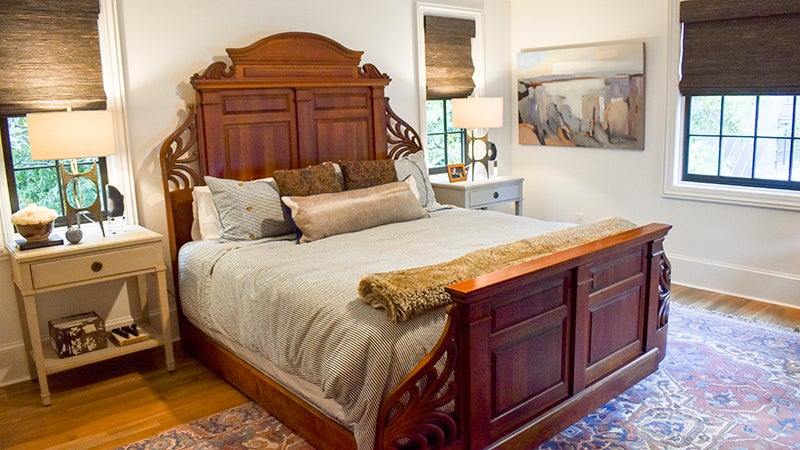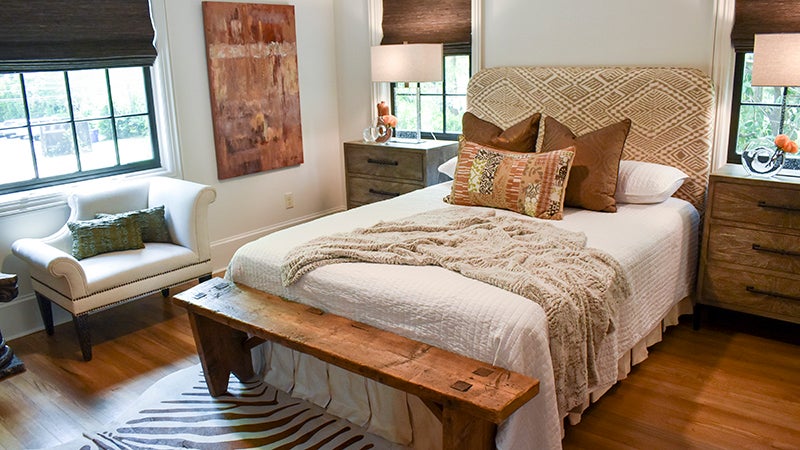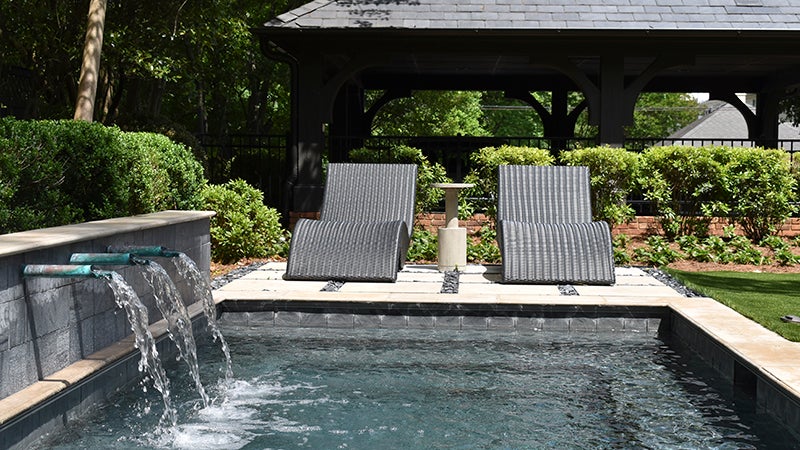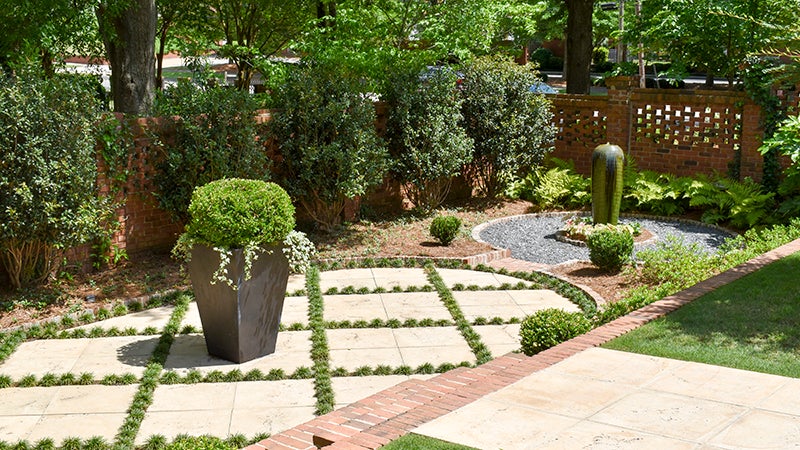Historic home shown, awareness raised
Published 7:25 pm Tuesday, May 7, 2019
The Childs-Hamilton-Winslow home at 400 Broad Street has been an iconic feature of downtown LaGrange practically since it was built in 1927, and over the weekend, visitors wondered through the home learning about its history and efforts to preserve local history through the recently formed Historic Neighborhoods of LaGrange.
Historic Neighborhoods of LaGrange is a group aiming to protect, promote and preserve historic neighborhoods throughout the city.
Deforest and Catherine Winslow have been part of those efforts both as owners of a historic home at 400 Broad Street and part of the group.
“We would love for any and every one [to join] because the more we have, the more it is easier to get awareness out about how important it is to preserve our historic spaces and places in LaGrange,” Catherine said. “So, we want not just people who live in older homes or older neighborhoods. We want any and everybody that has a love of preserving history to be a part of our group and to help our group grow.”
Catherine said that all homes 50 years of age and older are considered historic, and she said the group hopes to work with historic neighborhoods and history lovers to preserve historic homes.
“We are trying to jumpstart an educational program of awareness to preserving and protecting those historic spaces and places in LaGrange,” Catherine said.
The Historic Neighborhoods of LaGrange newsletter also noted the increasing demand for “tight knit community, interesting architecture and pre-war urban planning where one walks to the coffee shop, and rides one’s bike to an event on the square,” claiming that LaGrange’s historic neighborhoods already fit many of those criteria and should be promoted as such.
The Winslows had certainly done a good job of making the rewarding beauty of that task clear, with the Childs-Hamilton-Winslow home’s careful balance of history and modern convenience yielding a warm, stylish place where visitors can imagine its original owner walking up the driveway with equal ease to imagining a family movie nights with this year’s favorite films.
The Tudor revival style home was constructed for Harold H. Childs, a local entrepreneur, who insisted to using distressed slate roof tiles and transplanted full grown trees to give his new home an established appearance. Design elements including the diamond shaped window panes, stone ornamentation at gable ends and the main entrance, the multi-gabled front and use of timbers on the side porch were all elements of the home’s Tudor style.
“The original architects were Flippen Burge and Preston S. Stevens, and they formed the firm in 1919, and it was Burge & Stevens,” Deforest said.
The firm is still in business — and celebrating 100 years in business this year — and a representative from the firm was able to attend the open house.
“In our archives, all we had was one black and white picture of the front of the house, and so we could see that very distinct detail that is out there that really sets this house apart from other houses that might be in the area that could be the same style, which is Tudor,” said Janice Wittschiebe, a principal with Stevens & Wilkinson. “We said this would be just fantastic if we could come down and see what they’ve done with the house, and its just fabulous to see how much of the original house they’ve been able to save and reuse in many different ways.”
The firm became Stevens & Wilkinson, Architects & Engineers in 1947, and it now focuses primarily on large projects. Some of the projects the firm has been responsible include the Georgia State University College of Law, Auburn University’s Gavin Research Laboratory, Kennesaw State University’s student recreation and activities center and the City of Atlanta’s public safety headquarters.
However, Wittschiebe said it was interesting to see residential work that was done by the firm’s founders. Wittschiebe said the home itself was probably personally designed by the planners, based on the date.
The Hamilton family purchased the home from the First United Methodist Church in 1987. The church had received the home as a legacy from the Childs family. The Hamiltons did perform some renovations.
“I think if Mr. Burge or Mr. Stevens came to see the house from the front, they would just say [there were] no changes,” Wittschiebe said. “It is the same, and it is really, really quite fabulous.”
Because the Winslows are only the third family to own the home since its construction — having purchased the home in 2017 — many of the home’s most notable features remain the same as they were when the home was constructed. The fireplaces, doors, staircase and many other elements are original to the home.
“Our attempts to try to protect some of the original elements [were interesting],” Deforest said. “We were not able to save all of them, but we think we were able to save the most important ones, which were — on the exterior nearly everything remains except for new windows and doors. All of the brickwork, roof work is original. On the interior, the staircase, fireplaces and a lot of the Tudor type elements that you see inside are original, as well as a lot of the flooring, but we updated it and brought it up to today’s standards in terms of the space plan being the way we need it for the way we live our life.”
The couple did update kitchen and bath fixtures, but they said that they tried to be mindful of the home’s history even as they chose the new fixtures.
“Even there we tried to pay homage to what was there originally,” Catherine said.
“There are things that we pulled from the house even in the replication of the gates, the front door, the windows. … This house has great bones.”
The Winslows said that after purchasing the home, they regularly heard from people who wanted to see the inside of their home and wanted to hear their plans for the home. Those comments encouraged them to do what they could to maintain the home’s distinctive character, and Catherine said that she hopes to see more young families coming to live in and preserve historic homes in LaGrange.
“I would love to see it preserved and protected and to see more younger millennials move into this neighborhood because there is no better way to give life to something than to shoot youth into it,” Catherine said.
“That is what is going to keep the longevity of it, I think, is to have young people come and move downtown and want to be in a downtown location and wanting to be in older homes and wanting to preserve history. I think that is going to be a key thing to seeing it kept the way it is.”
To learn more about Historic Neighborhoods of LaGrange, visit the group on Facebook @historiclagrange.


